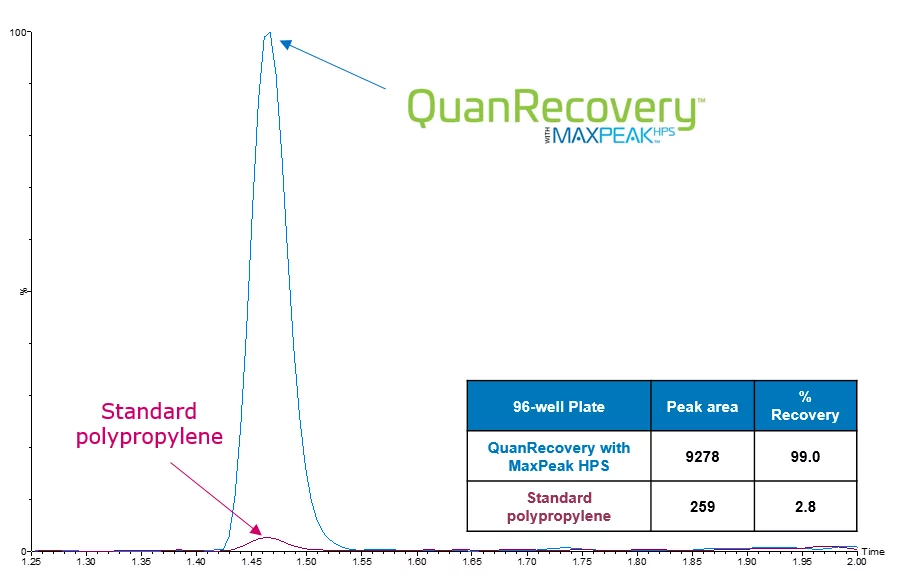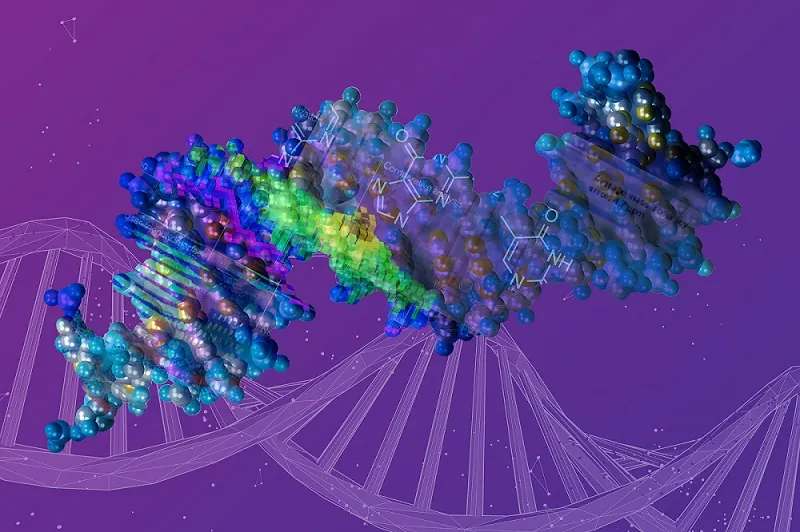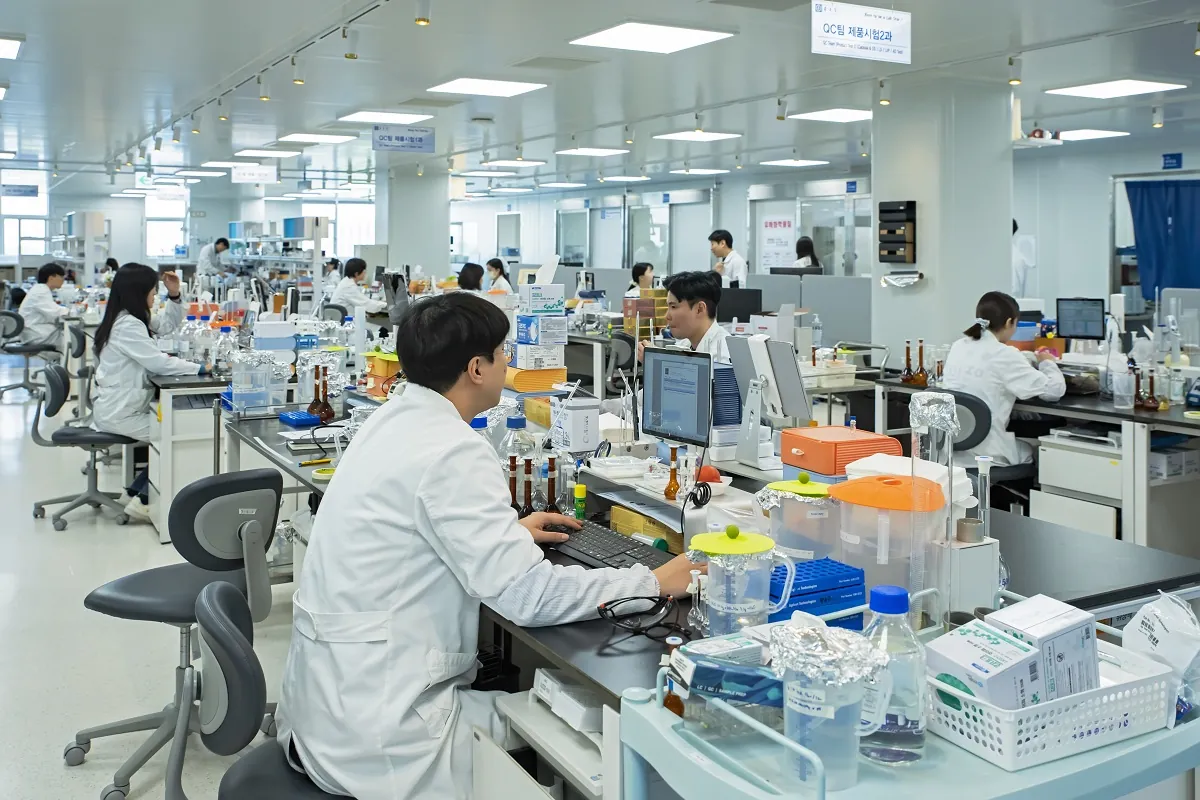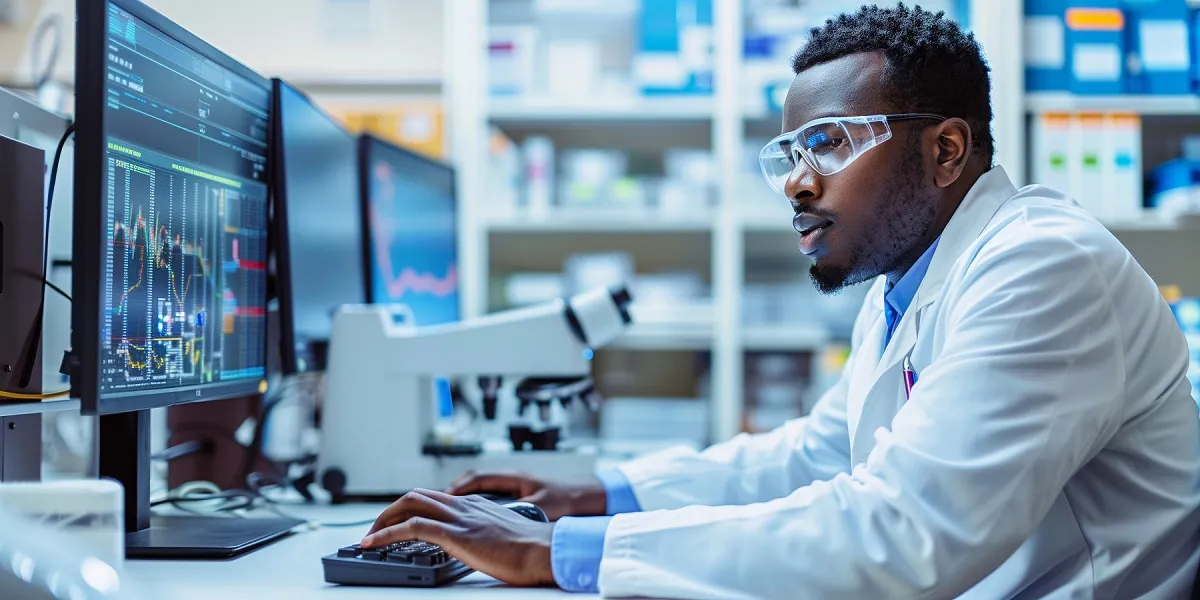What do great vacations and peptide bioanalysis have in common?

For starters no one wants a disastrous vacation, the same goes for a bioanalysis assay! What makes for a great vacation? A booking agent who understands you, on time transit, a room with a view a stones throw from the beach, friendly staff and great cuisine?

Knowing that you are in safe hands and leaving nothing to chance each and every step of the way goes a long way to peace of mind!
Choosing a trusted travel agent is a bit like investing in a complete peptide and protein bioanalysis solution.
Often bioanalysts evaluate the sensitivity, accuracy, and precision of data from a high performance triple quadrupole mass spectrometer as a marker of assay performance, but how often is the influence of good sample handling, preparation, and separation overlooked?
As mentioned in part 1 of this blog series “Where Did My Sample Go?“, ignoring non-specific binding can be catastrophic for sample recovery of peptides and proteins, the worst case scenario being complete sample loss. Who wants to lose their sample before they even inject? In part 2 of the series “Lost Samples in the Container: Non-specific Binding and the Impact of Blocking Agents“, Moon highlighted that traditional methods of mitigating non-specific binding (addition of carrier protein, blocking agents, and modification of solution conditions…) are generally not a one size fits all approach and less than ideal.
That’s why we have developed QuanRecovery Vials and Plates with MaxPeak High Performance Surfaces (HPS), to be compatible with downstream LC-MS. MaxPeak HPS are new and innovative technologies designed to increase analyte recovery, sensitivity, and reproducibility by minimizing analyte/surface interactions that can lead to sample losses.

In Caitlin Dunning’s application note “Development of a SPE LC-MS/MS Method Utilizing QuanRecovery Sample Plates with MaxPeak High Performance Surfaces for the Bioanalytical Quantification of Pramlintide from Serum” we show the impact of using a standard polypropylene plate on sample recovery for analysis of a challenging hydrophobic peptide: pramlintide (Figure 1).
So that’s sample handling, but what about sample preparation? That peptide of interest doesn’t come on its own. We often need a highly selective sample preparation method that can isolate the target from other related species in the sample matrix. But where do we start?
That’s where the Oasis µElution Peptide Separation Technology (PST) Method Development Plate comes in handy to optimize your sample preparation method for maximum selectivity and recovery. Usually, a mixed-mode solid-phase extraction (SPE) sorbent, from the Oasis SPE family of sorbents, is the best way to clean-up and concentrate the sample (Figure 2). They employ both an ion exchange and a reversed-phase retention mechanism, which provide orthogonal modes of analyte isolation and cleanup. Brilliant!

The Oasis 96 well-plate enables samples to be eluted in a small volume, eliminating the need for dry down and reconstitution, but as Kim reminded us in part 3 of this blog series, “Sample Prep before LC-MS Quantification of Peptides and Proteins“, samples can still be lost during storage in the autosampler. Now arriving, QuanRecovery 96 well-plates with MaxPeak HPS!
So hopefully you’re convinced handling and preparation of samples is important. What about LC separation? Is your peptide polar, hydrophobic, or on the larger size? Matching your peptide’s physicochemical properties to the right column from our range of peptide bioanalysis column technologies can ensure sharp peaks and optimal separations (Figure 3).

In Caitlin’s application note, to get the very best quantitative performance using class leading ACQUITY UPLC I-Class PLUS and Xevo TQ-XS LC-MS technology, it was important to use our complete solution to achieve ultimate sensitivity, accuracy and precision:
- QuanRecovery, LC-MS compatible sample plates with MaxPeak High Performance Surfaces mitigated non-specific binding
- Oasis µElution Peptide Separation Technology Method Development Plates facilitated fast SPE sorbent screening
- ACQUITY UPLC Peptide CSH Column provided improved selectivity, high sensitivity, and narrow peak widths
- Class leading, ACQUITY UPLC I-Class PLUS and Xevo TQ-XS, LC-MS technology for ultimate sensitivity, accuracy, and precision

Time and resource are precious. So is the sample, and delivering quality results. Why miss out on achieving your limits of detection because of compromised sample handling and preparation? You wouldn’t risk your vacation on a lousy travel agent, so why risk a failed batch of samples and not delivering on promises.
Why not take advantage of Waters’ complete solution for peptide bioanalysis to get the very best LC-MS quantitative performance? Moving from small to large molecule analysis can be challenging. We’ve created some awesome educational resources to raise your proficiency in large molecule bioanalysis with the free to download Oasis Peptide Bioanalysis Reference Card and free to watch Peptide & Protein Bioanalysis Boot Camp
For more information visit the DMPK and Bioanalysis Knowledge Center: waters.com/DMPK or contact your local chemistry specialist!
Additional Resources:
- Application Note: Development of a SPE LC-MS/MS Method Utilizing QuanRecovery Sample Plates with MaxPeak High Performance Surfaces for the Bioanalytical Quantification of Pramlintide from Serum
- Tech Brief: Tackling Non-Specific Binding of Biotherapeutics Using LC-MS Compatible QuanRecovery Sample Plates with MaxPeak High Performance Surfaces
- Peptide & Protein Boot Camp
- Waters.com/DMPK
- Oasis Peptide Bioanalysis Reference Cards
Waters Peptide Bioanalysis Solutions:
Popular Topics
ACQUITY QDa (17) bioanalysis (11) biologics (14) biopharma (26) biopharmaceutical (36) biotherapeutics (17) case study (17) chromatography (14) data integrity (23) food analysis (12) HPLC (15) LC-MS (22) liquid chromatography (LC) (21) mass detection (16) mass spectrometry (MS) (54) method development (13) STEM (12) sustainability (12)


